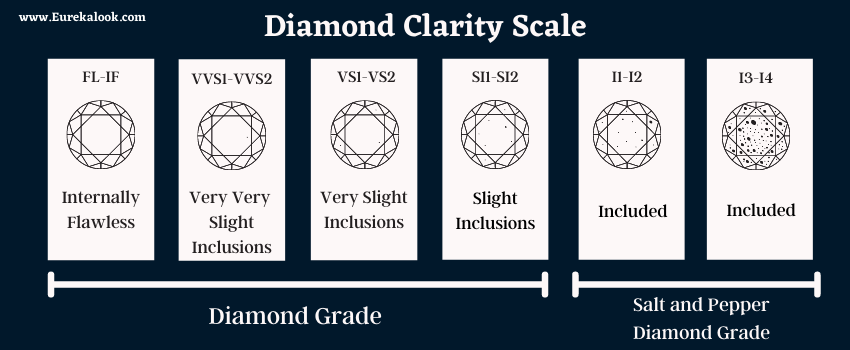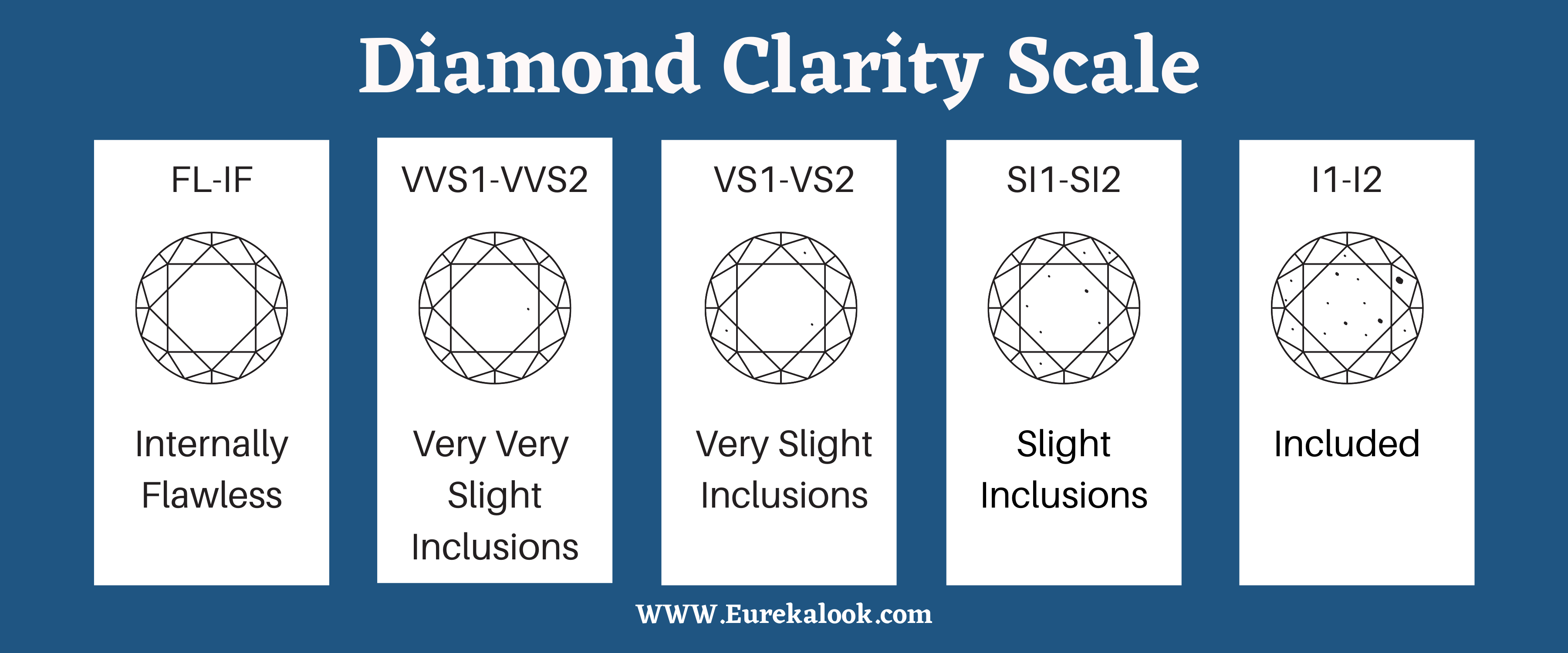To understand the Clarity of diamonds, we must first understand how diamonds are made. Natural diamonds are the one kind of carbon exposure to tremendous heat and pressure in the depths of the earth. This process can result in a variety of internal features known as "inclusions" and external features known as "imperfections".
What is diamond clarity?
A diamond clarity is a rating on a scale from Immaculate to Inclusive that measures the amount and location of inclusions in a diamond. An inclusion is an internal or external feature or defect that occurs during the natural process of diamond formation in the earth. Most diamonds contain inclusions that cannot be seen with the unaided eye.
Almost all diamonds have inclusions that demonstrate the natural evolution of the original diamond crystal. The inclusions can be compared to the stone's fingerprint as the size and location of each diamond are different and indicate a natural stone.

The diamond clarity scale divided in to 5 categories and 10 specified grades.
- Flawless-Internally Flawless(FI - IF)
- Very very slight inclusions (VVS1 – VVS2)
- Very Slightly Included (VS1– VS2)
- Slightly Included (SI1– SI2)
- Included (I1 – I2)
- Flawless-Internally Flawless(FI - IF):
Flawless (FL) is the best clarity of a diamond because it does not contain any inclusions or defects at 10X magnification.

Internally Flawless (IF) diamonds can have external features (also known as flaws) that are extremely difficult to see on the stone surface at 10X magnification.
- Very very slight inclusions (VVS1 – VVS2):
VVS1 (also known as very, very easily included for those of us who are not into the slang of diamond clarity charts) represents diamonds with tiny inclusions that are so minimal that it is difficult for a qualified appraiser to even work them out can be seen at 10x magnification.

VVS2 are arranged directly below the VVS1 diamonds, the VVS2 group gemstones contain the same tiny inclusions, but larger or in larger positions within the stone. However, the VVS2 group still represents an almost perfect diamond.
- Very Slightly Included (VS1– VS2):
VS stands for Very Slightly Closed and represents a group of diamonds that contain small inclusions that are only visible when reinforced. VS1 diamonds are always perfect. H. do not show imperfections visible to the naked eye.
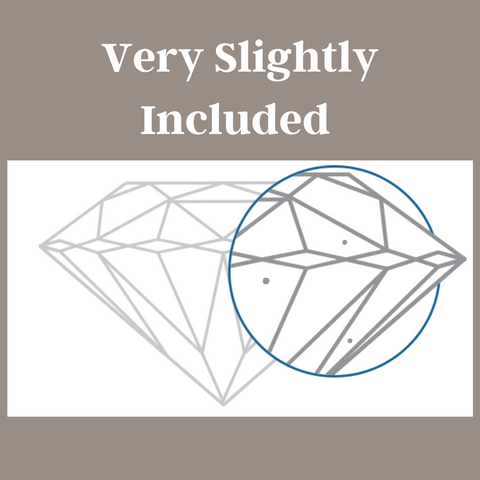
The VS2 diamond inclusions, the lower clarity group of VS diamonds, are usually large enough to be seen quickly with a standard jeweller’s loupe. However, the VS2 group gemstones are still lacking obvious inclusions and are "eye clean".
- Slightly Included (SI1– SI2):
SI1 are Ranked in the lower half of the clarity chart, SI1 (slightly contained) diamonds have notable inclusions that are very easy to distinguish for a skilled appraiser at 10x magnification. Inclusions in these stones are sometimes visible to the naked eye. However, when cleaned, SI1 diamonds are often considered the most valuable stone in most diamond shapes.

SI2 diamonds can be a bet. While they can be insanely expensive, they likely have a number of notable inclusions as well. While there are SI2 Clarity Stones that are clean to the eyes, over 70% are not. If all SI diamonds are taken into account, inclusions in an SI2 diamond also tend to be more pronounced and darker than in an SI1 diamond.
- Included (I1 – I2):
When first-degree closed, I1 clear diamonds have clear inclusions under a standard jeweller’s loupe and are rarely clean diamonds.

At the lower end of the spectrum, grade I2 diamonds have multiple visible inclusions that are easy to spot without a microscope. Category I2 stones can also be more prone to chipping and breaking.
In theory, inclusions in a diamond can have a negative effect on the sparkle. But it would take large enough inclusions (and probably clouds too) to significantly affect the light output.
In fact, the inclusions are so incredibly small that they can't stop the incredible power of a sparkling diamond. It is the quality of the cut that gives diamonds their fire, sparkle and sparkle.
These are the several Types of Inclusions and Imperfections.
- Bearding:
Hair-like lines that often appear when cutting a diamond and that extend from the waist to the surface of the stone. When the waist is heavily swept, it looks like fuzzy grey bangs, almost stripped off.

- Cavity:
This is also known as a "hole" and is a defect that normally occurs during the polishing process, often when a crystal inclusion is dislodged from the diamond body. The most common reason for not "polishing" the cavity is the expected loss of weight of the diamond, which makes it economically better not to use it.

- Chip:
A small, shallow opening in the surface of a diamond that is often found near cut, broken, or faceted joints. This entrapment is typically of human origin in the sense that it is damage caused by accidental wear or impact.

- Cloud:
It is a mass of small inclusions, like B. Needle tips and crystals extremely close together and generally give the appearance of a larger inclusion. Larger clouds often make the stone appear "cloudy", which will likely cause the diamond to emit less light.

- Crystal:
A crystalline inclusion is literally a mineral crystal contained in a diamond. Depending on the type of mineral, they can be colorless (i.e., if another diamond is encrusted in the diamond), black (carbon), reddish (garnet), greenish (peridot), etc.

- Feather:
A small break or crack inside the stone. While this imperfection is not always as noticeable and does not put the customer off, there are a few things to note. For example, feathered diamonds may be less durable near the surface of the stone or near the belt.

- Graining:
Irregular crystal growth can cause the inner grain to appear milky or cloudy, like faded lines or streaks. Depending on the severity, they can also appear as wrinkles or reflections.

- Knot:
A white or clear crystal that strikes the surface of a polished diamond. Nodal inclusions sometimes look like raised areas in a facet or group of facets.

- Needle:
A needle-like imperfection that occurs in the diamond, usually transparent or white. A diamond that contains a needle can still be clean, but too many needles in a group can seriously affect the clarity of a diamond.

- Pinpoints:
Several small black or white crystals are embedded within the diamond. Blackheads are generally more visible to the naked eye than whiteheads.

- Indented Natural:
An area of the surface of the rough diamond that dips beneath the surface of the polished diamond. A natural indentation is a part of the rough diamond that was left intact during the polishing process and is usually on the cut.

How does diamond clarity affect price?
In terms of clarity, prices in the lower classes increase linearly. However, the correlation between price and purity can be shocking, especially when looking at higher rankings on the clarity scale.
For example, a jump from slightly closed stones (SI) to slightly closed stones (VS) will not be colossal. But once you hit VVS or IF levels, prices start to sharply curve and rise impressively.

Understanding the concept of diamond purity is undoubtedly key to getting the best results from your purchases and investments. You can use this knowledge to get better deals on your next shopping trip. It is also useful when looking for diamonds to invest in.


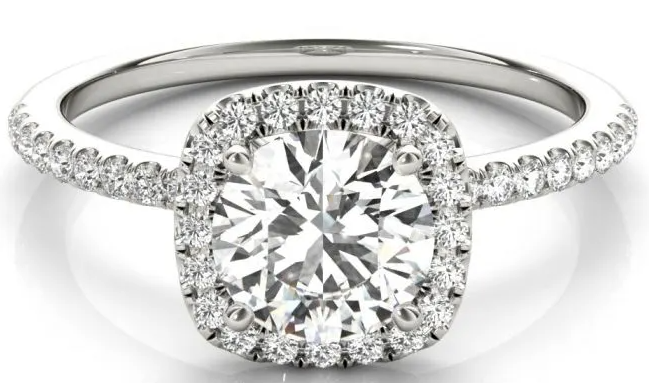
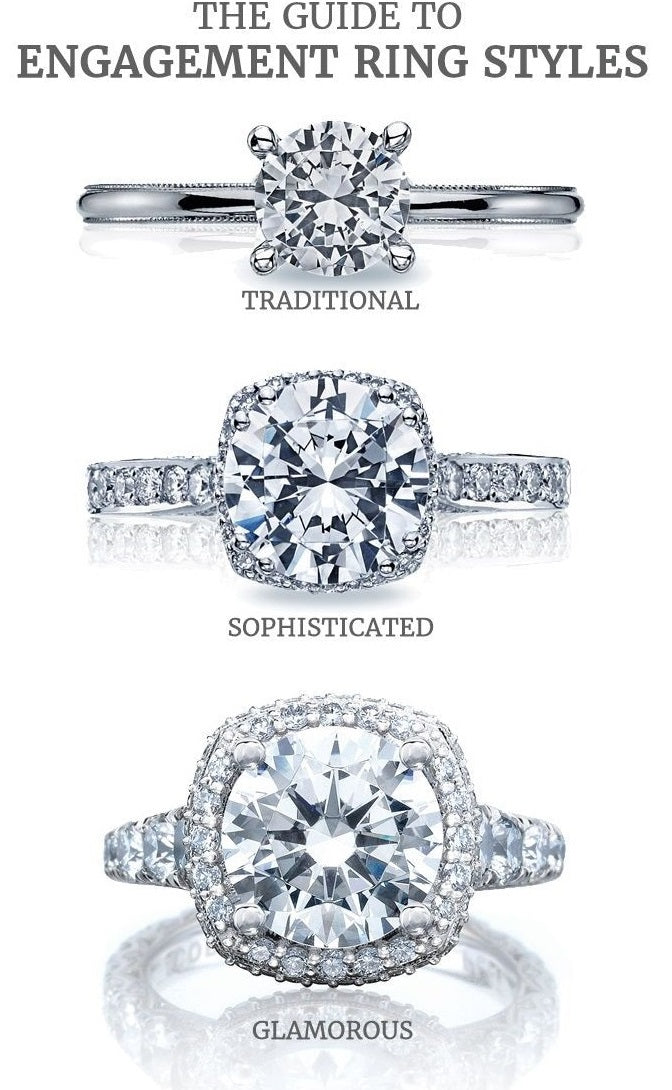
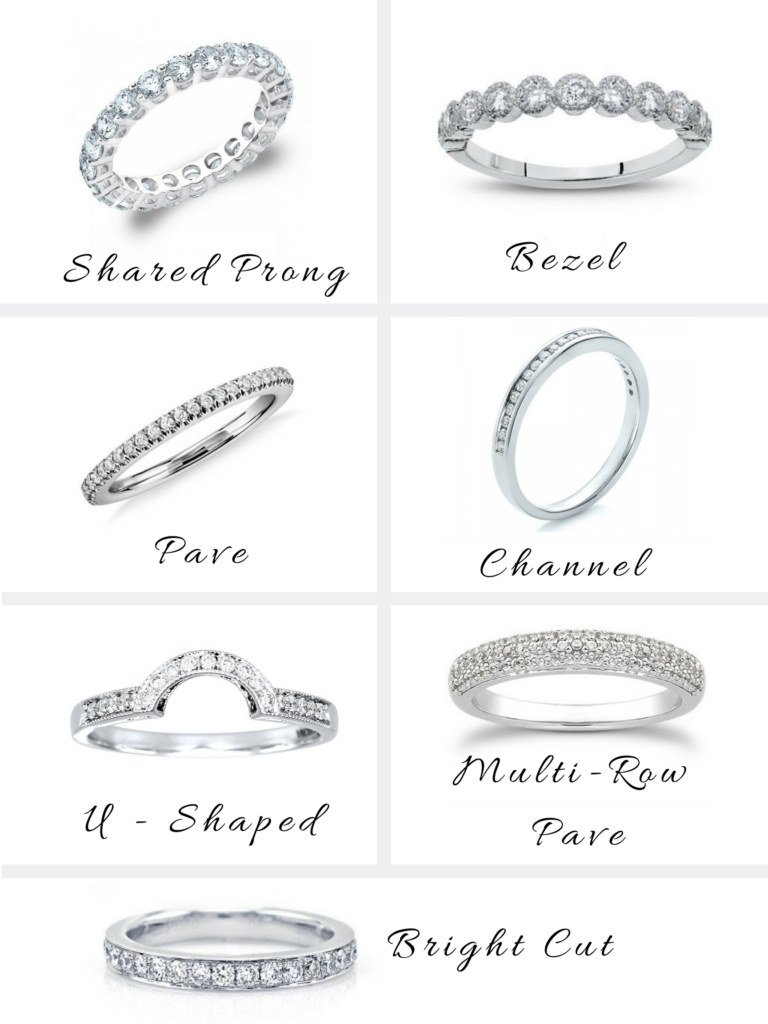


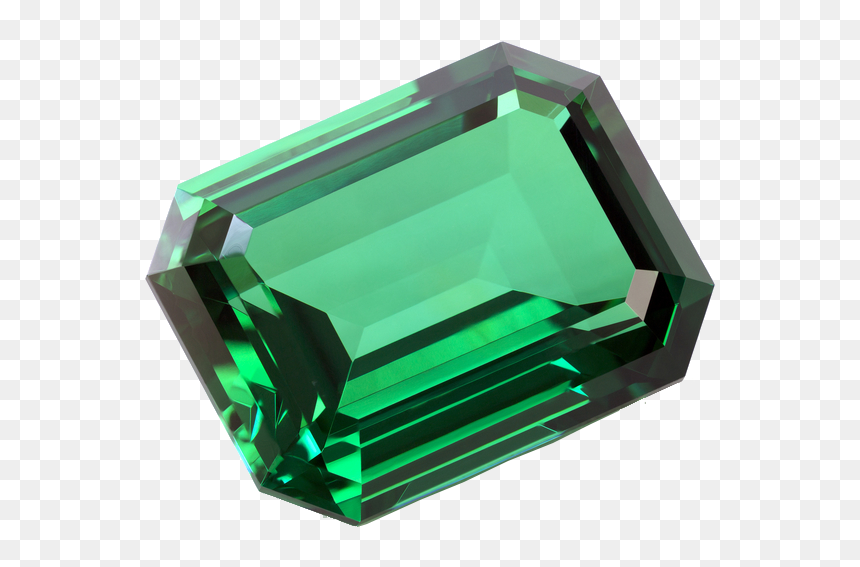
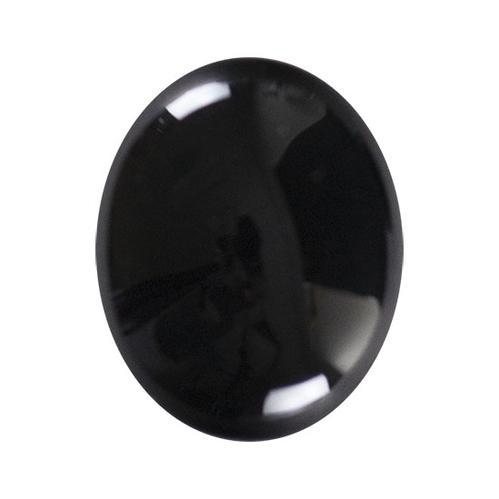
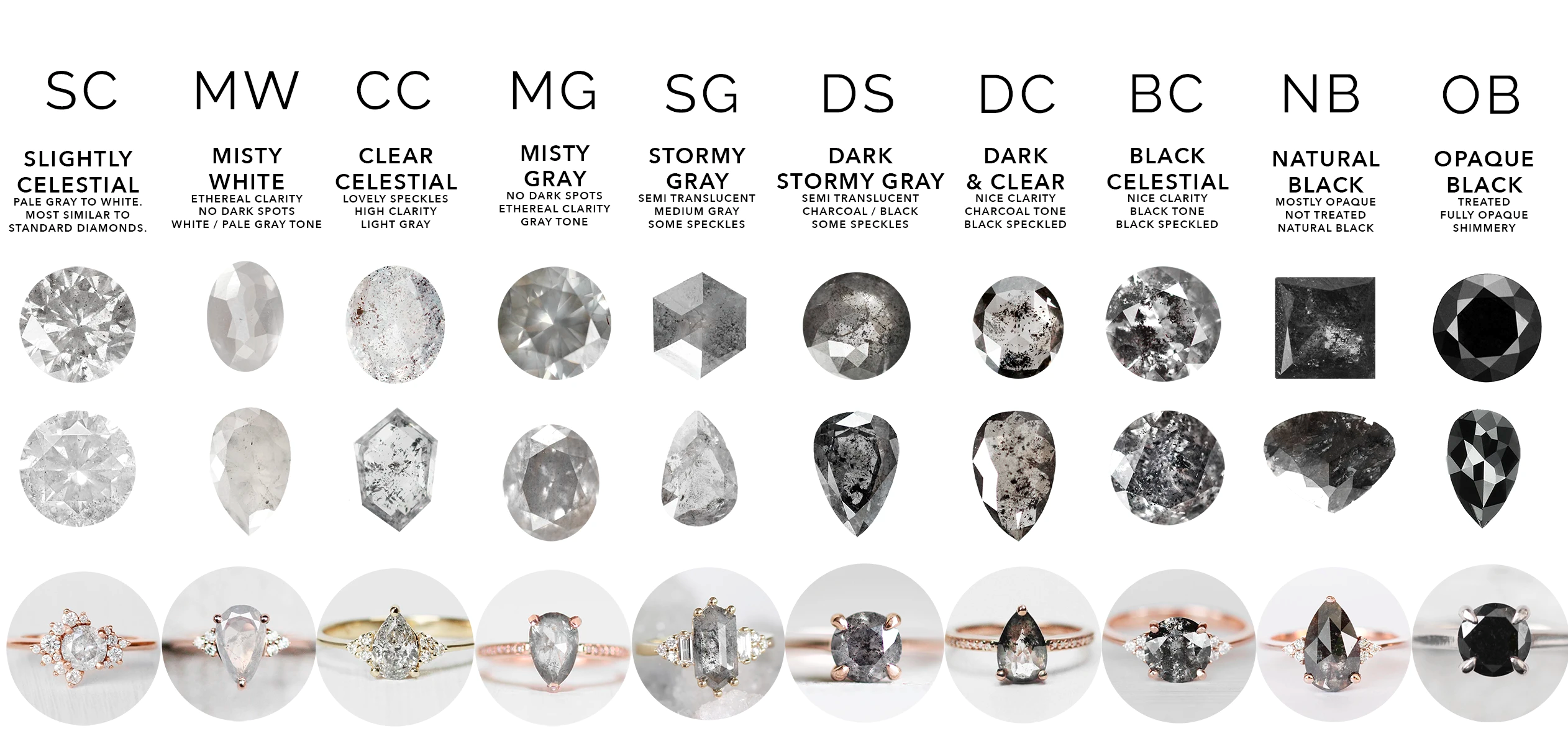
 Sale
Sale